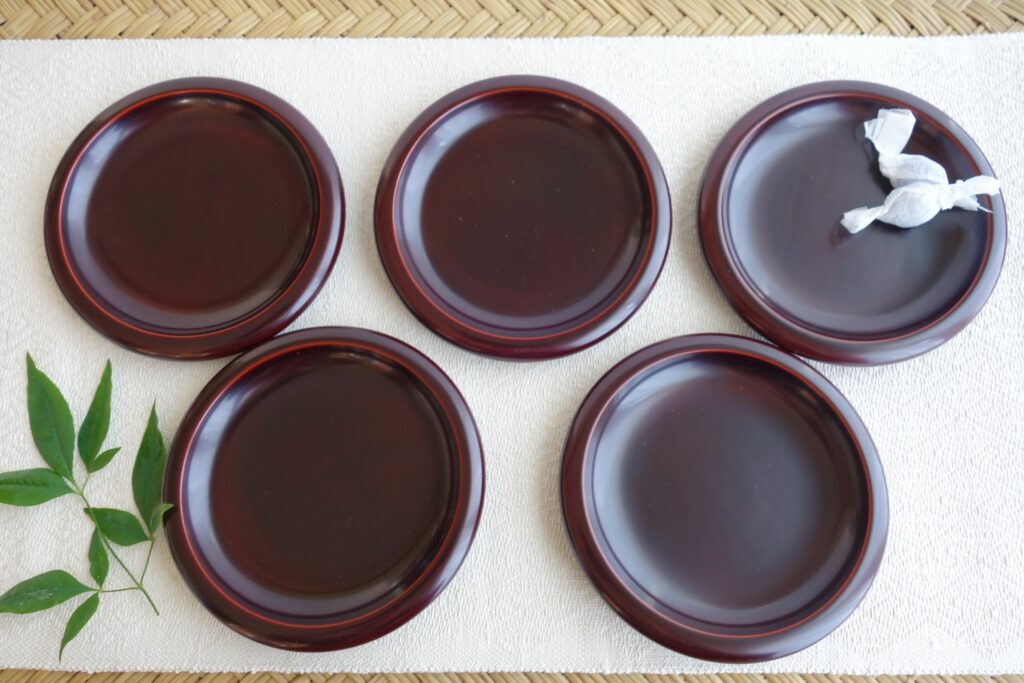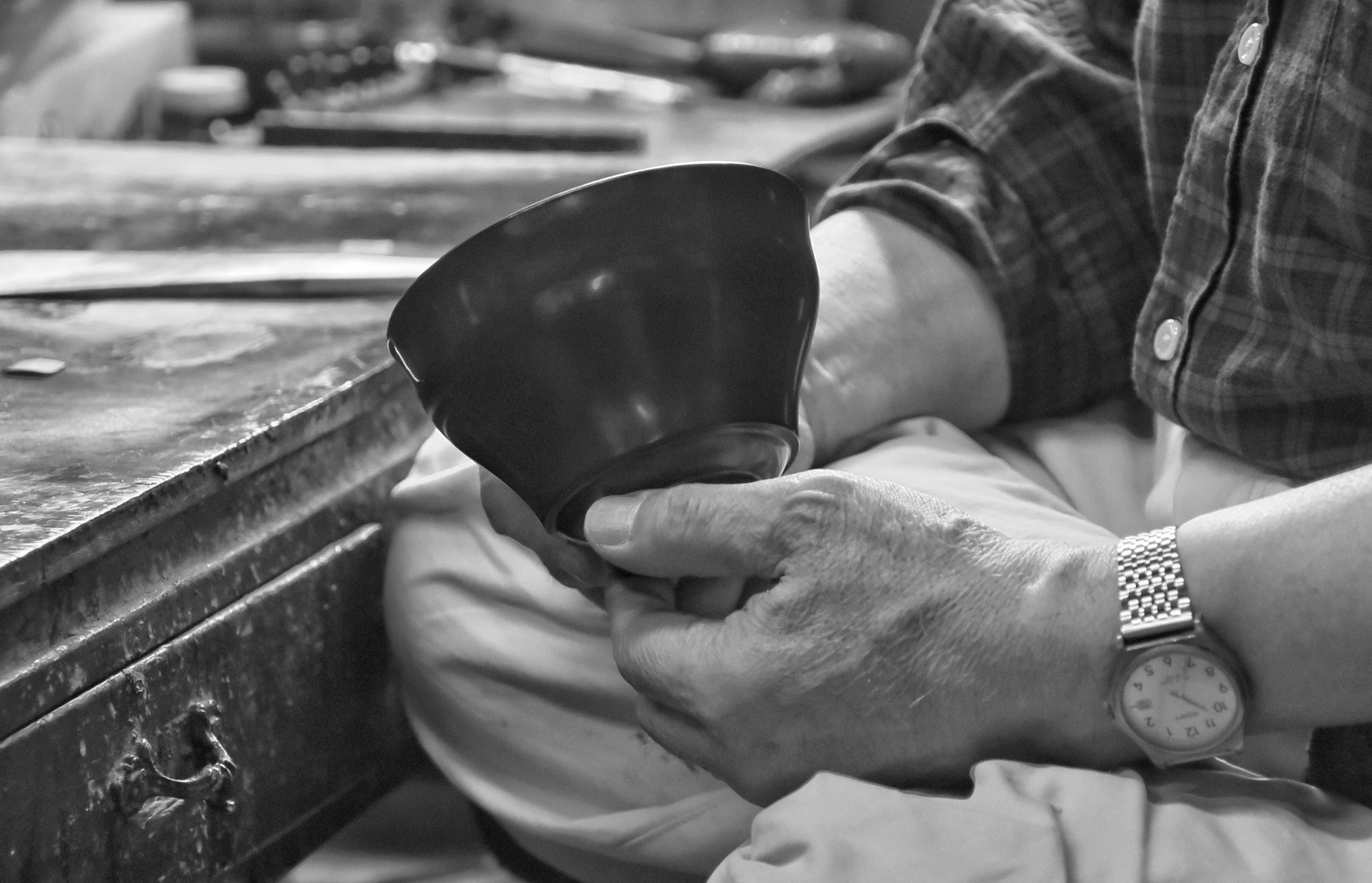Portraying The Mingei Life Stories #3
Senro Sato didn’t understand the share retailers took. More like, yes of course he did understand the concept of it, but he didn’t want to go with it.
He paid for the materials, such as wood, urushi sap, charcoal and washi Japanese paper on top of what he outsourced for wood carving. If a gallery took 40% out of the price, he would be left with zero profit.
I didn’t dare ask, “have you thought about putting up the price?” And below is the part where I became even more perplexed.
“So I went around Tokyo, knocking on the door to door,” he said.
… hoping you’d bump into someone who decides to buy lacquerware on the spot…? I had no idea how it made sense back then, which was about half a century ago. Anyway, that’s what he decided to do instead of looking for a gallery or shop.
“It really was tough. Even to get the doors open. Jiyugaoka was the toughest.”
I didn’t know what to say…
Mingeikan, Japan folk crafts museum, was on his route. He was invited into the textile room on the ground floor, where he was met with Ms Yoko Tanaka. While she was looking through his works, Shoji Hamada, one of the founding members of the mingei movement, hopped into the room and saw Senro’s works on the table.
“Oh, this is genuine work!” He said and ordered ten sets of ju-bako (*) on the spot. Ms Tanaka followed and ordered another ten for the museum. As it turned out, what Mr Hamada ordered was for his personal use only.
“That really made my day,“ Senro said.
He would usually lacquer a unit of 100 products or so. Selling one was good, but still left 99 more to sell. The 20 sets meant so much.
My grandfather also went around shops and houses to sell his kimono, as recalled in his memoir: so it wasn’t such an eccentric idea half a century ago. He would knock on a door, and wished no one would answer. Apparently, he was not the ideal salesperson.
But then, there was always hope: when one of the largest kimono stores in Kyoto placed an order, after a long day of his walking around with little success. Or when such figures as Kanjiro Kawai and Masako Shirasu recognised his works when few did.
The mingei movement pioneered a new frontier of perspective on beauty. By doing so, it offered hope for those who have not been seen in the light before. That’s what speaks the most to me.

(*)Ju-bako is a set of storeyed square bento boxes, usually used for celebratory occasions or family outings. It makes quite a scene when each box is filled with colourful meals; egg omelettes, green vegetables, red shrimp and rolled rice onigiri in black nori seaweed. But ten sets of these? It must have been a PARTY!

0 Comments